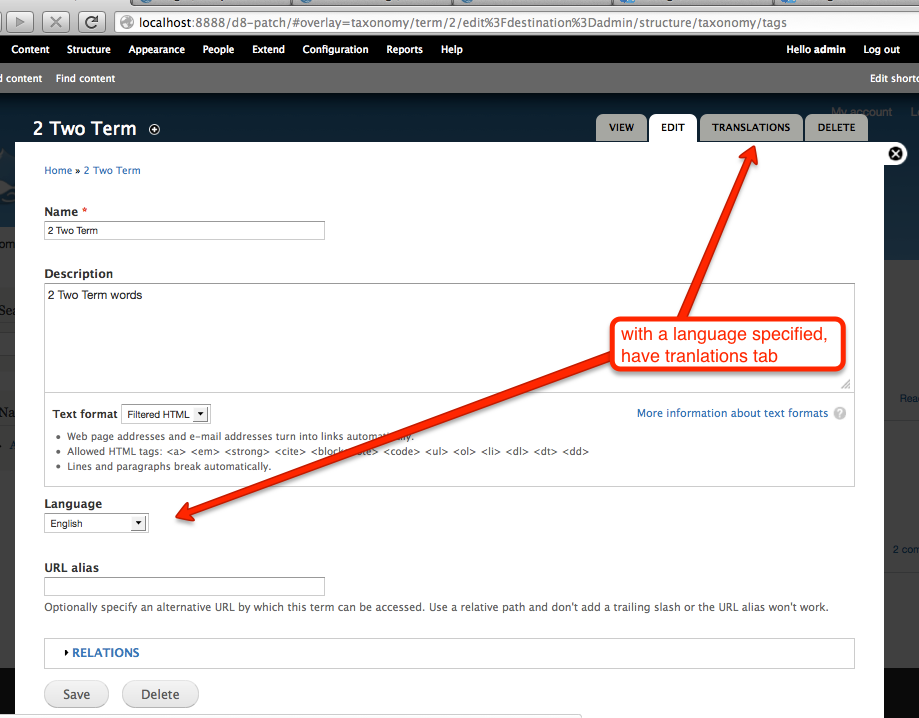

The most confusing thing about the D7 translation system is that both these systems are available in D7. (In the illustration above, note that the title is only translatable if you use the Title module.) So the Entity Translation module was created to provide a way for site administrators and translators to use the new field translation system. The API to get this system working went into core, but there was no time (and not enough agreement) to get a UI into core. Then they are organized together in translation sets, so Drupal knows which ones are the 'same' content. So the French node would have all the French values of the content and the English node would have all the English values. This problem was solved in earlier versions of Drupal by creating a complete copy of each node that needs translation.

To do this you need a place where you can store the translated version of the content (in as many languages as you need) and a system that will choose which content to display where.
Drupal entity tranlsations translate tab download#
No one else has the same content you have, there is no way you can download that automatically. Once you have the interface translated, the real challenge is to find a good way to translate your content. That site serves as a central location used by translators from around the world to maintain interface translations for all Drupal projects, both core and contributed modules. You can see how many of these strings have been translated into various languages in the graph on the home page at Drupal Localizer site. Then voila!, you will have French or German versions of the interface text on your site, without any need to translate them yourself.įor the developers in the room, the heart of the interface system is the strings that are passed through the t() function. To take advantage of this you enable the core Locale module, which will allow you to grab translated text from the Drupal Localizer site and import them into your site. Because these strings are standardized, Drupal is able to create a system to provide everyone with translated values for all these elements in various languages. These are elements that are the same on all sites no matter what actual content it contains. Translating the interface has to do with the translation of miscellaneous text strings used all over the site (like the label used on Submit buttons). There are two basic components to the translation system, the translation of the interface and the translation of content. Provide an extensive list of modules, articles, and resources that may be helpful.Walk through the installation and set up of a D7 multilingual site.Discuss the two alternative systems for content translation in Drupal 7 and how they differ.


Drupal entity tranlsations translate tab how to#
If you're new to Drupal's multilingual system, or new to Drupal 7, you'll have lots of questions about how to get this working well. In Drupal 7 we have some great new features, but we also ended up with two different systems of managing content translation, so there are also lots of new questions and options. It has always been somewhat daunting to figure out how to set up a multilingual site in Drupal, and it requires a combination of core and contributed modules to make it work well. The way that Drupal manages translations has been evolving over several versions of Drupal.


 0 kommentar(er)
0 kommentar(er)
